HPE Aruba Exec Trent Fierro On How Partners Can Capitalize On A Large, Hungry Install Base With Machine-Learning-Based NetInsight
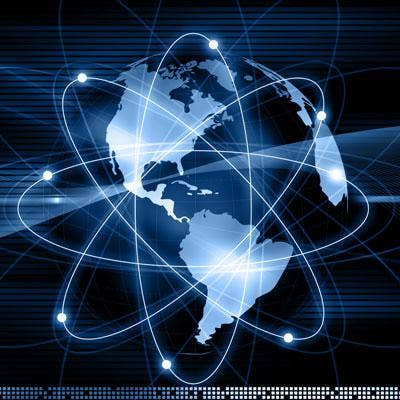
Making Sense
HPE Aruba's new NetInsight offering gives partners an opportunity to push a profitable blend of services into a large install base hungry for network performance and analytics solutions that can make sense of the growing number of people and devices on the network.
Introduced at HPE Aruba's Atmosphere conference in Las Vegas, NetInsight continuously monitors the network and relays critical information about its performance to users. It also gives recommendations for how to tackle specific network problems and how to optimize the network for mobile, wireless and Internet of Things devices.
Trent Fierro, director of software solutions marketing at the Santa Clara, Calif.-based company, says partners not only benefit from HPE Aruba's large install base, but also from the newfound ability, via NetInsight, to bridge the gap between corporate real estate and IT departments.
What follows is an edited excerpt of Fierro's conversation with CRN.

How is the channel program changing to take these developments into account, and what do you need from partners in order to be successful?
For a channel partner for NetInsight, you can go back into a very large install base and offer a solution that lets the customer see how to better optimize the network. Potentially, they could offer a service where they go in and monitor NetInsight for them, let them know what they're seeing and decipher whether to make a recommendation. It gives them a nice opportunity to go back to the install base, and it lets them talk to different stakeholders, as well. They're not just talking to the network people. They can talk to the real estate people, they can talk to the people responsible for location services and have an intelligent conversation about a solution that actually backs up what they're saying.
Are there any special incentives tied to NetInsight at this point?
Not at this point, other than there's a very large install base, and [partners] should probably go hunting.

Why is now the right time to launch NetInsight?
This is built into our DNA. NetInsight gives me an opportunity to introduce a cloud-based solution that is based in machine learning and is specifically geared for monitoring your network, looking for anomalies and then providing you guidance on how best to change the configuration of your W-iFi environment to provide a better user experience. NetInsight is looking at how well you're connecting and how well you're using the network.
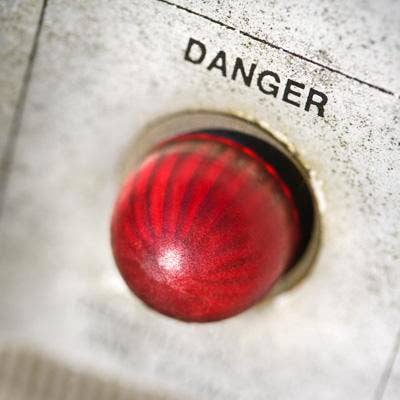
What problems does NetInsight solve for customers?
We talk to a lot of customers and they tell us IT teams cannot keep up with all the changes that are happening in their networks. People are going with more and more W-iFi-based IoT devices. There's going to be a 50-50 mix of Wi-Fi and wired IoT devices in an environment, like lighting systems, HVAC systems. For real estate, it's becoming more and more of a concern. The IT team now has to reach out and work with new stakeholders. They're a little concerned about what happens to the user experience when all these devices start connecting everywhere.
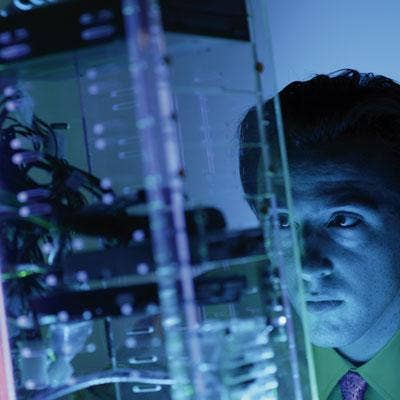
What makes NetInsight different from other network management tools?
We believe that a network management tool today needs to be very proactive, needs to understand how your environment works, hence the need for machine learning. It gives you a virtual expert on the team that works 24/7 and is basically designed to go and look for very specific information and it's not giving you information about things it doesn't deem necessary. Persistence is the key. In order to ensure that things are working properly on a day-to-day basis, it needs to keep records of how things were performing 20 days ago, 30 days ago and then give you comparison information to show you how things have changed, where they changed and how it's affecting the environment itself in regards to connectivity for the users or IT devices, as well as the expectation that when I'm doing a conference call, that I don't have 300 IoT devices hampering that deliverable.

How does NetInsight decide what constitutes an anomaly in the network?
It allows me to go out and collect information from a variety of different feeds within one organization. Because it's cloud-based, it lets me collect information from other like sites, or peers. I can leverage that information to my machine-learning attributes – we have over 400 attributes that are looking for anomalies, baseline information and tuned to how Wi-Fi performs, how people connect, how their connections are established and what's known. It looks for what's an anomaly and gives you insights to let you know that potentially you have a problem with RF channels, with over-beaconing on RF so you can see if people are bringing up their own SSIDs and creating havoc on your network. It looks for different types of things in the RF environment. It's constantly learning and it's giving you updated information on where it sees changes.
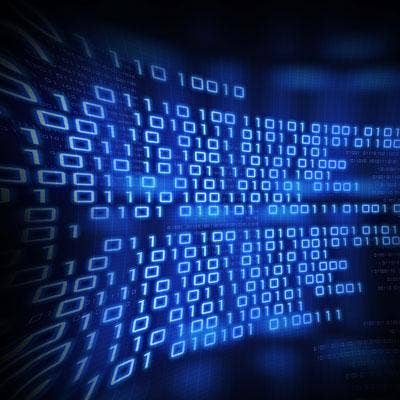
What do you mean when you say it collects data from 'like' sites, or 'peers?'
The like-for-like area is one of the unique things about our solution. Some people are designing competitive solutions that are looking at peer organizations, but looking at it from a very high level, say health care-to-health care. In our solution, we're using information we're pulling from our sources. The fact that we have very deep knowledge in Wi-F, enables us to look at the APs and determine whether they're in a specific like-for-like space. At an airport, it could be within the terminals where people are waiting. At a university campus, maybe it's lecture halls that it's comparing against. It goes deeper and gives you that information so you can make a decision about the recommendations we choose based on the fact that we're making recommendations specific to that environment, not just a blanket configuration change for an entire floor of a building.

Will it get down to individual users?
It looks at user information, as well. If I'm an IT person and you're calling me, I can look at the history you've had versus others and see where things changed. There's a Wi-Fi score component, and because we're looking at your organization as well as peer organizations, it's letting you pull expertise not only from your own IT team, but it's looking to see who's doing things differently. If it sees that a peer organization is doing things in a like environment, but gaining better performance, it shares a recommendation with you. We will not a make a recommendation unless we feel that we can give you a 15 percent improvement in how your network is performing. We provide you with a before-and-after comparison so we can ensure that things are better. The data collector is the only component that actually sits on-prem. It doesn't actually collect data and hold it on-prem. It collects the information from different feeds and sends that into the cloud so the machine learning models can do their thing.
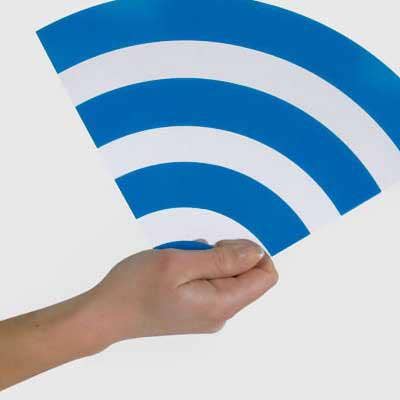
What's the advantage of pulling information from multiple sources?
Wi-Fi is the necessary piece, but if you start adding, say, a feed from Aruba Airwave, which is our network management tool, you can start using the AP placement and visual RF information so the tool understands on a floorplan exactly where you placed the APs based on your configuration, whether they're giving you the proper coverage and if you add ClearPass, it starts measuring how well devices are connecting to the network and getting successful authentications. Or if it's failing authentications, was it certificates? Was it response from the servers themselves? Were people not putting their passwords in on time? You capture all that. If its DNS or DHCP-related, it will let you know if you're getting your IP address on time? Is there a DNS issue? All that is basically captured for you. If it sees a problem, it lets you know there's a problem. If there's that 15 percent improvement recommendation, we send you something that says please go and look at changing this thing potentially.

Will NetInsight work in any customer environment, or only with Aruba products?
It's designed to work with Aruba equipment currently. We're not sure what potentially we could bring to the table by looking at someone else's equipment. I'm not sure they're going to share with us, and we probably wouldn't share with them. It looks at our environment. It works across any vertical. We do have customers in higher education. There are some high-tech companies that are looking at it and will potentially buy as well. Anybody that has a distributed environment and the number of APs escalates. The University of Washington is a customer. They have over 12,000 APs. They're trying to manage buildings across 800 acres. They're saying that without something like this, they can't keep up. Things are changing too rapidly.

People move around an awful lot on college campuses. How does the solution come to grips with that?
There's a component within the tool that does a visual representation of how people are roaming within an environment. The University of Washington is looking at that to see when people leave the dorms and then what buildings they go to. They know which buildings to pay attention to most if there's going to be a Wi-Fi problem. If there's going to be a problem at all, he knows where to focus. It changes in the afternoon. They can see how people are moving from cafeterias, and from building to building, and use that information. If they make any changes to paths at the campus, they can see how that impacts connectivity. If there's an emergency issue, you can let emergency responders know where people are congregating.